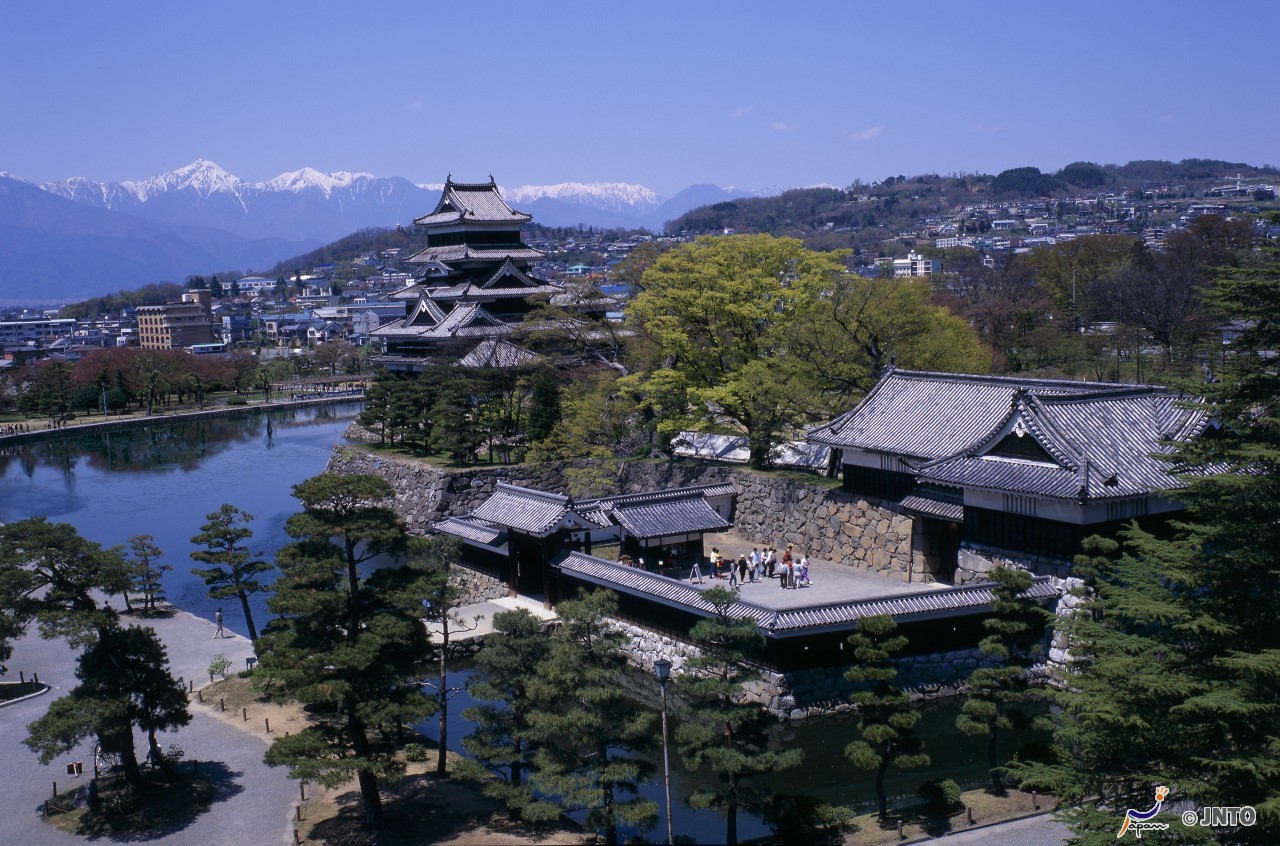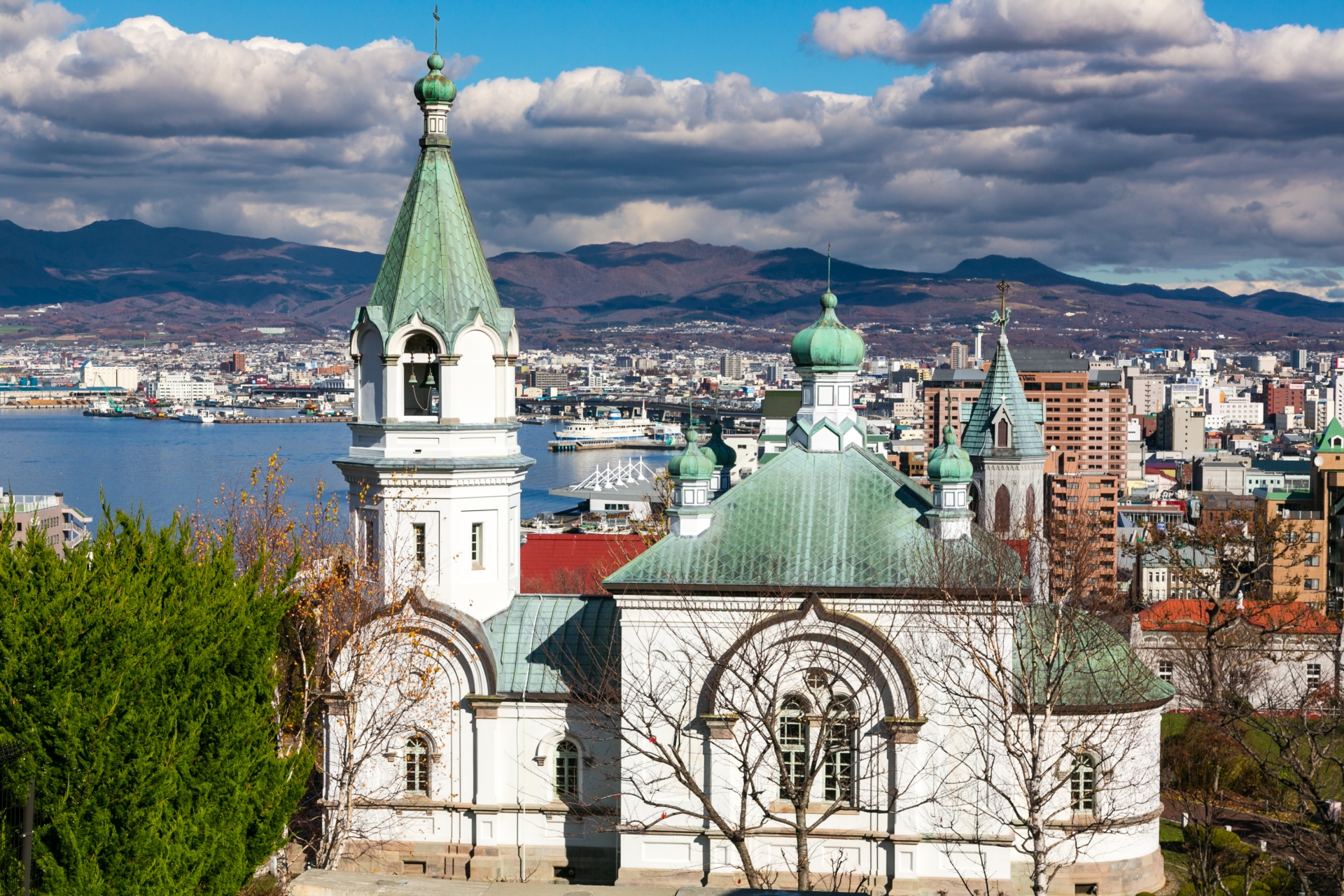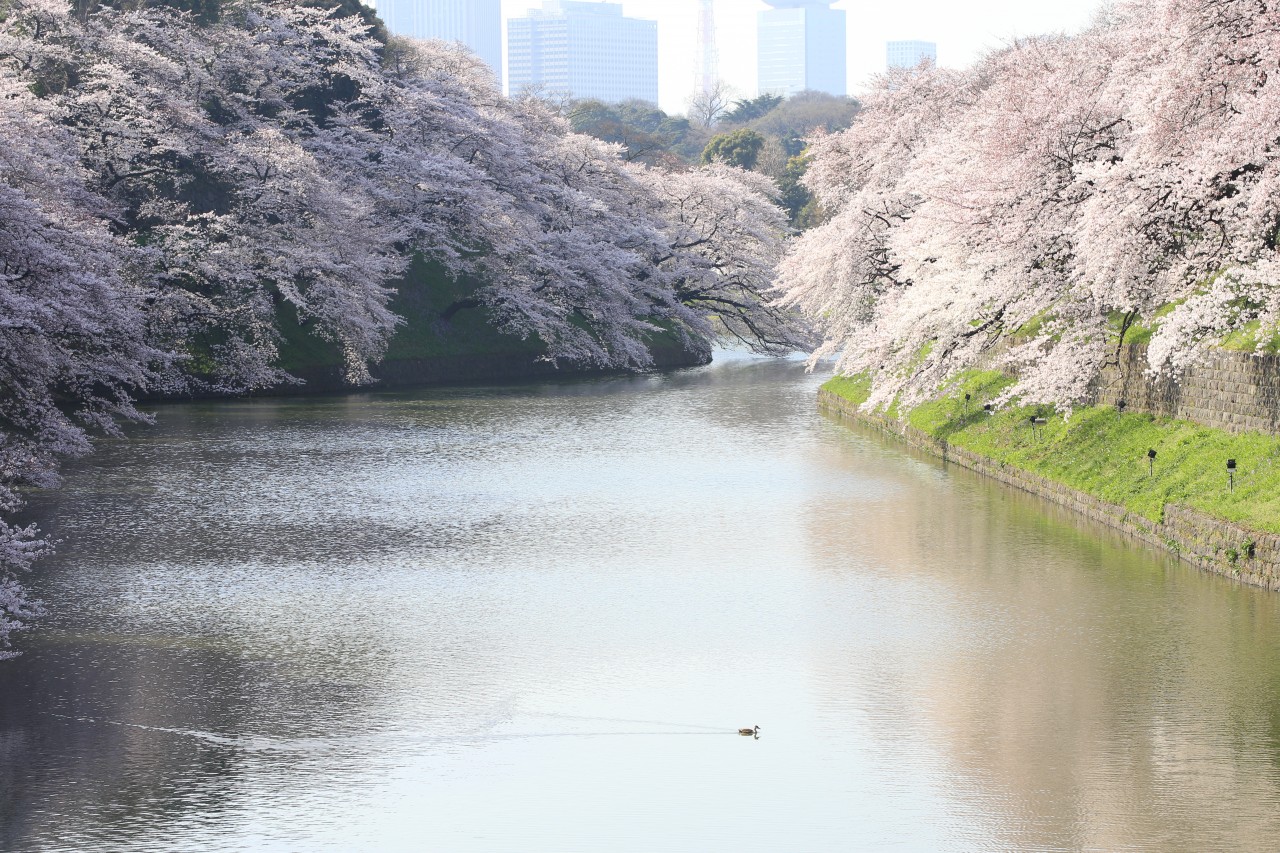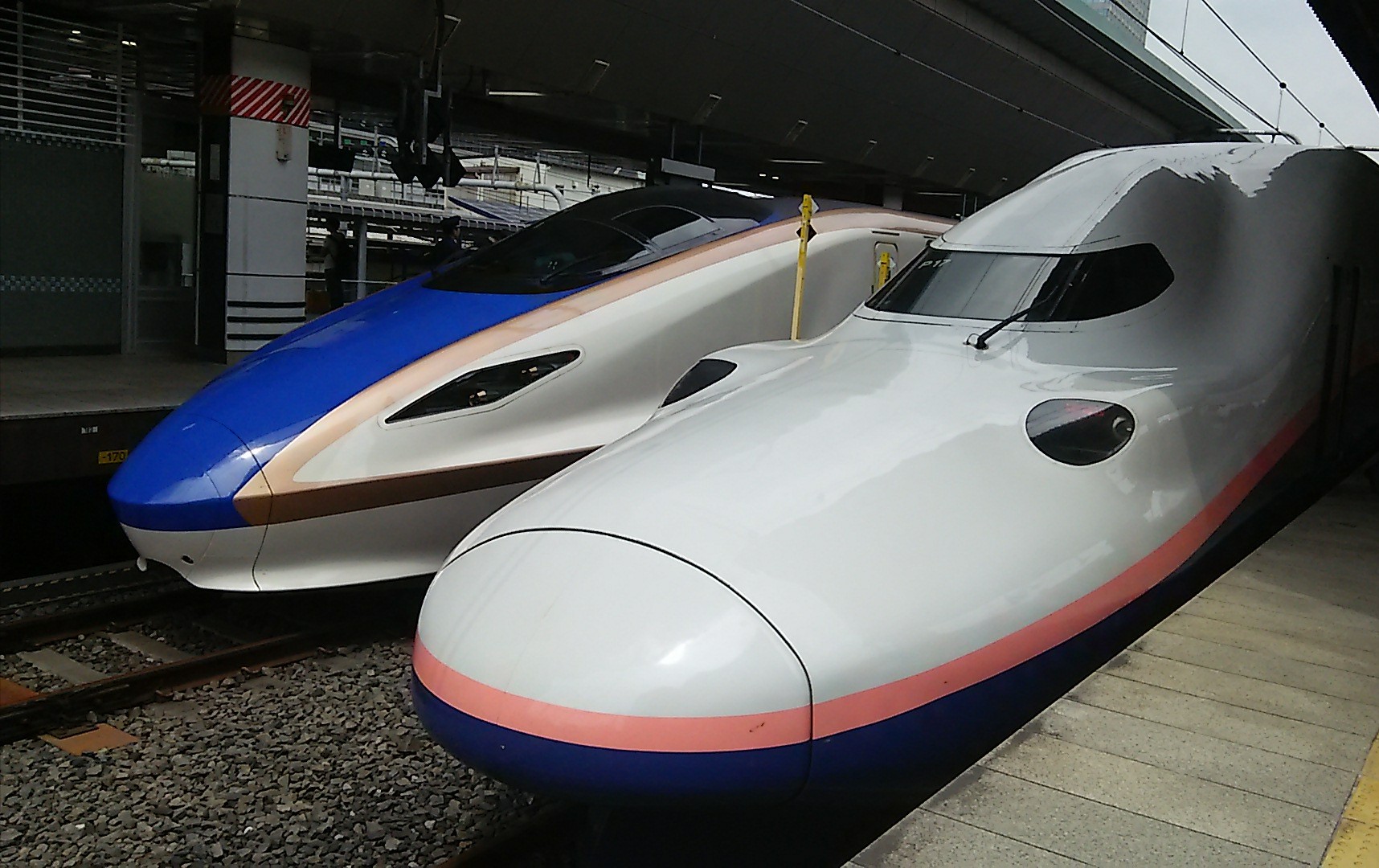 Rail pass for visitors
Rail pass for visitorsJR East Pass Nagano Niigata user guide. Flex 5-day pass in 14 days period to cover Nagano, Niigata, Tokyo and surrounding area.
JR East Pass Nagano Niigata is a good deal to travel Nagano and Niigata area. It covers Tokyo and surrounding area too. This post gives you the detailed information about this pass. You will find that it suits your trip plan or not.



